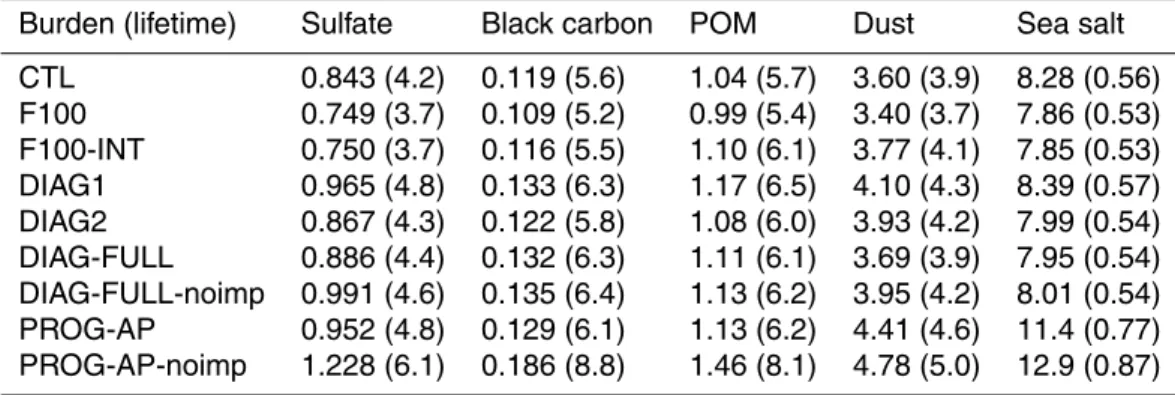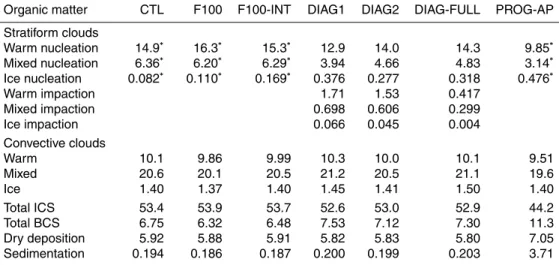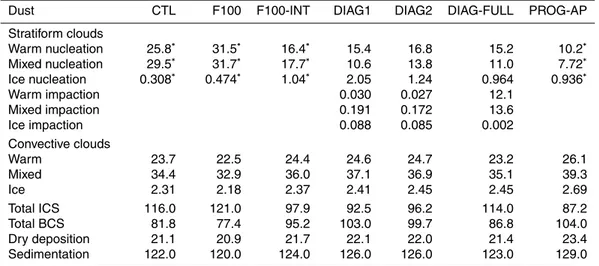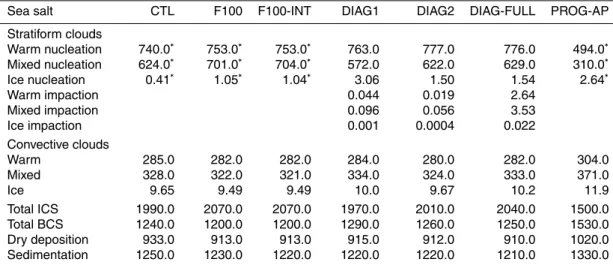Influences of in-cloud aerosol scavenging parameterizations on aerosol concentrations and wet deposition in ECHAM5-HAM
Texto
Imagem




Documentos relacionados
forested boundary layer produces ultrafine aerosol concentrations and cloud droplet burdens that are more consistent with observations than cluster activation as the sole
The well- predicted aerosol quantities, such as aerosol number, mass composition and optical properties, and the inclusion of full aerosol-cloud couplings lead to
P ¨oschl, U.: Aerosol- and updraft-limited regimes of cloud droplet formation: influence of par- ticle number, size and hygroscopicity on the activation of cloud condensation
65 nm, and the cloud droplet diameter is 10 µm for all droplets. K cloudy; i , j is calculated using this new wet diameter for the particles with dry diameters larger than the
cloud condensation nuclei: processes and uncertainties evaluated with a global aerosol mi- crophysics model, Atmos. and Seigneur, C.: Investigative modeling of new pathways
Large variation in microphysical characteristics of the boundary layer clouds and the aerosol concentration were found, and in particu- lar the CDP cloud droplet number concentration
Relationship between aerosol number concentration and cloud droplet number concen- tration (CDNC) with (a) showing that the volcanically induced cloud albedo e ff ect is larger
Weekly cycles have been analysed in surface observations of sulfur dioxide and sul- fate concentrations, satellite observations of aerosol optical depth, cloud properties (cloud





